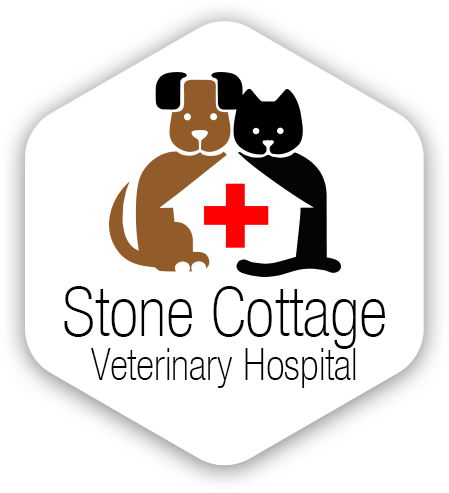ORTHOPEDICS – KNEE, HIP, BONE SURGERIES
Book your Pet’s FREE Orthopedic Consultation!
KNEE SURGERIES – Crucial Injury or ACL tear
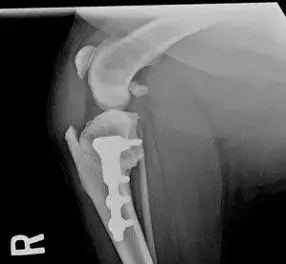
The most common orthopedic surgeries are from knee problems – injuries to the Cranial Cruciate ligament (CCL) or from patellar (knee-cap) problems (Medial Patellar Luxation or MPL).
Many people are familiar with Anterior Cruciate Ligament — the ACL. It is the most common knee injury to athletes. It is also the most common injury in dogs. CCL is the same as ACL in people, but in dogs it’s called the CCL because they walk on all 4 limbs. Cruciate injury in dogs involves a combination of genetics, breed, activity level and body weight.
Unfortunately, the story is all too common that after playing or exercise the owner notices a small to significant limp on the hind limb. The limping may be persistent, or, after some time, the limping can get better but often will return in a couple days to weeks after activity. Limping in dogs is a sign of discomfort and pain. Most dogs do not cry or show pain other than limping or carrying the affected leg. There are some tests we can perform on examination that can help us diagnose if there is a cruciate tear or if there is another cause for limping such as arthritis or joint infection. Diagnosis is best performed by orthopedic physical exam and radiographs.
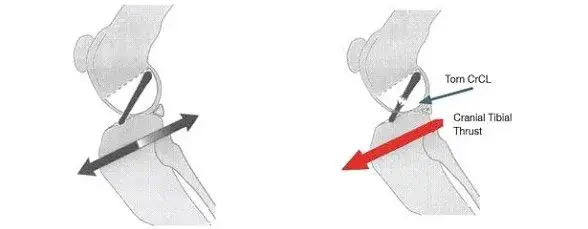
The picture above is a diagram of how we diagnose cruciate ligament rupture. We palpate for tibial thrust, or drawer movement. When the ligament is intact, the knee is stable, there is no movement. When the ligament has ruptured or is rupturing, there is forward “drawer” movement or instability palpated.
At Stone Cottage Veterinary Hospital, we perform several procedures for cranial cruciate injury in dogs.

- TPLO- (tibial plateau leveling osteotomy)- The TPLO is the surgical repair method preferred by many surgeons for larger, active dogs. Excellent return of function can be expected with little to no progression of osteoarthritis. The slope of the knee is changed to protect against instability and a bone plate is used to hold the slope in place.
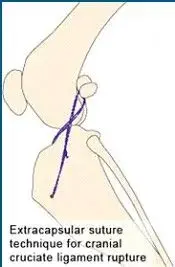
- Extracapsular suture technique – This technique is much less invasive and works very well for small to medium sized dogs using thick suture material to stabilize the joint through healing scar tissue.
Our orthopedics can be performed by Boarded Orthopedic Surgeons who specialize in these types of surgeries. Ask us for specifics about these services!
POST OPERATIVE CARE
Proper care of your pet at home after surgery is crucial to a successful outcome. Patients must be confined to a small pen or crate and not be allowed off leash for 3 months. A bandage may be used for a few days. Physical therapy consisting of range of motion exercises, leash controlled walks and swimming is always advised and in some cases may be required to enhance recovery. With TPLO and TTA procedures, x-rays are required at 3 and 8 weeks after surgery to evaluate progression of healing of the osteotomy (bone incision.) Even though return to full function is expected by 3 months, a full six months to one year recovery period is necessary for all of the soft tissue structures
Medial Patellar Luxation (MPL)
Medial Patellar Luxation or MPL is common in small dogs under 20 pounds of body weight, however it can occur in any dog. In MPL, the patella (knee-cap) comes out of place. MPL is second to CCL in terms of frequency and requires a high level of expertise to correct. It is necessary to deepen the groove (trochlea) where the knee-cap sits and provide balance via a combination of release of tissue on the inside and tightening on the outside. In addition, it is frequently necessary to move the bone where the knee-cap tendon attaches. The best outcomes with MPL surgery are achieved by using an accomplished surgeon in conjunction with a pet owner who is committed to following exercise guidelines.
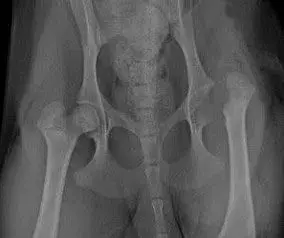
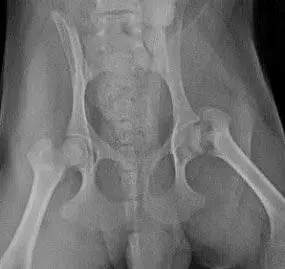
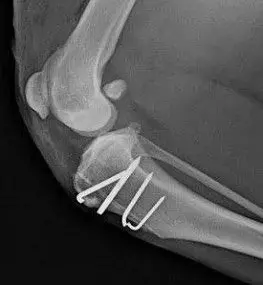
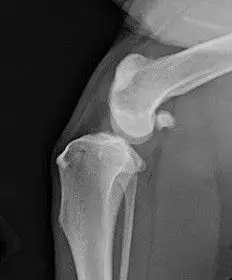
Hip Surgery: Femoral Head Ostectomy (FHO)
Femoral Head Ostectomy (FHO) can be performed in dogs with dislocated hips, broken hips, or hips that are very arthritic and painful. This procedure involves removing the head of the femur that is causing pain, inflammation and chronic problems in the hip joint. After surgery, at home physical therapy will help the gluteal muscles hold the leg in place. This procedure is appropriate for dogs and cats with chronic hip dislocation or where the head of the femur (hip joint) – is fractured (broken) or severely arthritic. Proper patient selection is essential for the FHO surgery. We recommend this procedure for hip dysplasia when pain is intractable and not responsive to medical management. Post operative care is critical for full recovery – we will help you with at home rehabilitation plans.
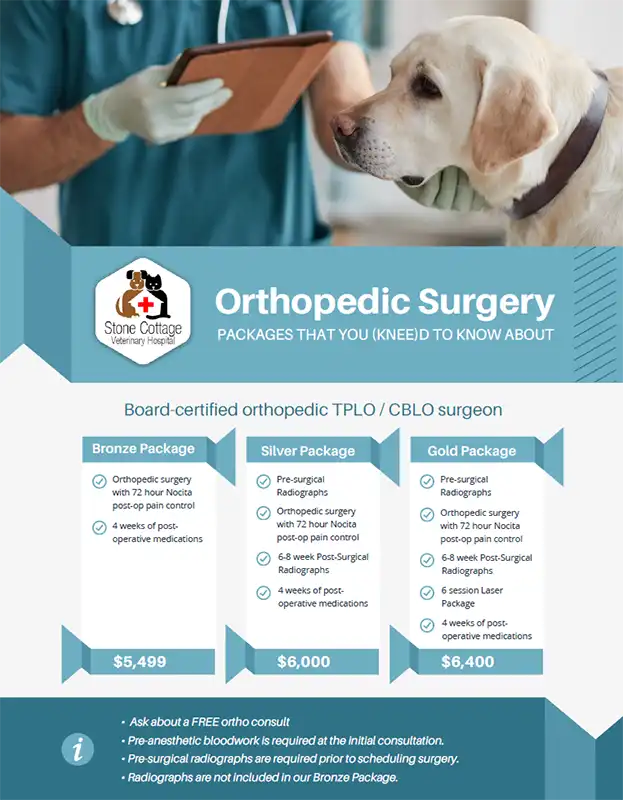




























Our Services
Orthopedics – Knee, Hip, Bone Surgeries
Working Hours
Monday – Friday: 8:00AM – 6:00PM
Saturday: 8:30AM – 2:00PM
Sunday: Closed
I'm so grateful for this veterinary practice. They are everything I could hope for and more for my 2 dogs and 2 cats.
First, from the front desk to the... Read More

“Chyna is an active dog who loves to run, jump, and play. After tearing her cruciate ligament, it was upsetting to see her in so much discomfort. Not only were we concerned about the pain associated with a torn ligament, but we were worried about how this would affect her long-term. Dr. Andrews took the time to thoroughly explain what our surgical options were, and we were able to create a surgical plan that best fit Chyna. Not only was Dr. Andrews extremely informative with the process, but his bedside manner made me feel like Chyna was getting the best care she deserved. The healing rehab process can be long and intimidating, but the detailed instructions that Dr. Andrews provided made the process easy to follow. Today, Chyna is a healthy and happy dog who is back to playing and doing the ‘zoomies.”
~ Anonymous
